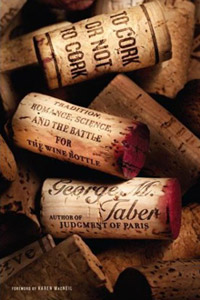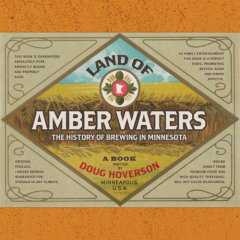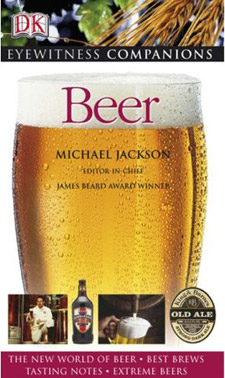
The question I get asked second most often — after “What’s your favorite beer?” — runs something like, “What book about beer would you recommend?”
Then I ask a question of my own: Is this for somebody who wants to learn about beer in general, for a homebrewer, a history buff, a breweriana collector, or somebody otherwise interested in beer?
This, although if you press a beer to my lips and insist on a single answer before I drink it turns out I have one: “Michael Jackson’s Beer Companion.” It was first published in 1993 and later reissued, but recently used prices have jumped, if Amazon is to believed. I’m sure it would have been a James Beard award winner had the publishers got around to nominating it, and it covers to all the subjects listed above.
It’s worth tracking down, but in the spirit of the season I’ll off a few alternatives. (Note that these links go to BeerBooks.com, and I would receive a small commission if you buy through them. I usually use Amazon links because that’s what most people are comfortable with. But this way you get a chance to support a small, independent business. I guarantee you the service is great, and right now Carl is shipping a copy of the video “The American Brew” with every order.)
For a homebrewer: John Palmer’s “How to Brew” is perfect for the everybody from a total novice to a brewer interested in making his or her own equipment. John also worked with Jamil Zainasheff on this year’s top release: “Brewing Classic Styles: 80 Winning Recipes Anyone Can Brew.” Zainasheff has established himself as one of (if not) the best all around homebrewers in the country, and he shares it all. In this case award-winning recipes mean “gold medal.”
For a home cook: Another 2007 release tops the list — Lucy Saunders’ “Best of American Beer & Food: Pairing & Cooking with Craft Beer,” which I reviewed a while back. Garrett Oliver’s “The Brewmaster’s Table: Discovering the Pleasures of Real Beer with Real Food” is also a fine book, but not if you care looking for recipes.
For a history buff: I raved about “Land of Amber Waters: The History of Brewing in Minnesota” just last week and stand by that. However, it will be a little specialized for some. For entertaining reading and a solid explanation beer choices are what they are today try “Ambitious Brew: The Story of American Beer,” a clear-eyed look at how beer in became and industrial products and how beer that once were called microbrews lead to still more change. Reviewed last year.
A couple more excellent choices are “Brewed In America: The History of Beer and Ale in the United States,” a history that stops in 1962 and doesn’t suffer a bit, and “Beer in the Middle Ages and the Renaissance.” Here’s a review of Brewed in America.
For moments of beer reflection: “Beer & Philosophy: The Unexamined Beer Isn’t Worth Drinking” requires a little bit of thinking while drinking. A review.
That’s 10 books . . . and I didn’t even manage to mention “Brew Like a Monk.”



 Patrick Emerson has been kind enough to the work of Vic and Carol Tremblay in analyzing the merge of Widmer Brothers Brewing and Redhook Ale Brewery, giving me an excuse to mention that and also offer something of a review of their book,
Patrick Emerson has been kind enough to the work of Vic and Carol Tremblay in analyzing the merge of Widmer Brothers Brewing and Redhook Ale Brewery, giving me an excuse to mention that and also offer something of a review of their book,